By the time Europeans first made contact with the Passamaquoddy tribe along the rugged coastline of what is now Maine, fire had been an agricultural tool there for centuries. Between summertime harvests, tribes burned the unforgiving, rocky terrain from which blueberries sprung forth, a custom that encouraged the new growth of what was, to many Indigenous people, a sacred fruit. Colonizers carried on the stark tradition, and burning blueberry fields by hand, with help from family, friends, and neighbors, became as much a fixture of the coastal Maine lifestyle as blueberries became of a new American diet.
In the frenzy of 19th-century industrialization, though, the ancient custom largely fell by the wayside. The communal task of burning uneven, rocky fields by hand was exchanged for mechanized burns of leveled, de-rocked, and chemically treated fields. Today, only a handful of Maine’s growers use fire to produce world-class, wild blueberries, but it doesn’t exactly bother them.

“I do a lot of things by choice that people don’t do anymore,” says blueberry grower Nicolas Lindholm of Blue Hill Berry Company, “and I’m only finding more and more reasons to keep doing them.”
Lindholm is a stubborn survivor of a local tradition with ancient roots. Defying decades of industrialization, the degreed philosopher and wild blueberry grower gathers a small crew of family and friends each spring to scorch every inch of his organic blueberry fields, by hand. For the farmer in him, it is about quality control; but for the philosopher in him, it is a rite.
“I do it for the human culture as well as for the agriculture, to bring together food production work with social gathering, ritualized or repeated activity, memory construct, and a plain old good time with friends,” says Lindholm. “And some of it’s for the adrenaline junkie in me.” But he didn’t set out to become a torchbearer for a historic agricultural practice; in fact, he never intended to become a blueberry farmer in the first place.
In 1987, fresh out of Bates College with a degree in Anthropology and Religion, Lindholm started an apprenticeship on a Penobscot organic farm growing mixed vegetables. So in 1995, when he was looking to buy a farm with his wife, the fact that an otherwise ideal property had 15 acres of blueberry fields on it gave him pause. “You can apprentice on a farm or study sustainable ag, but none of that covers wild blueberries,” says Lindholm. “There’s no textbook, no courses. It’s kind of a small world unto itself—you just have to be doing it firsthand.”
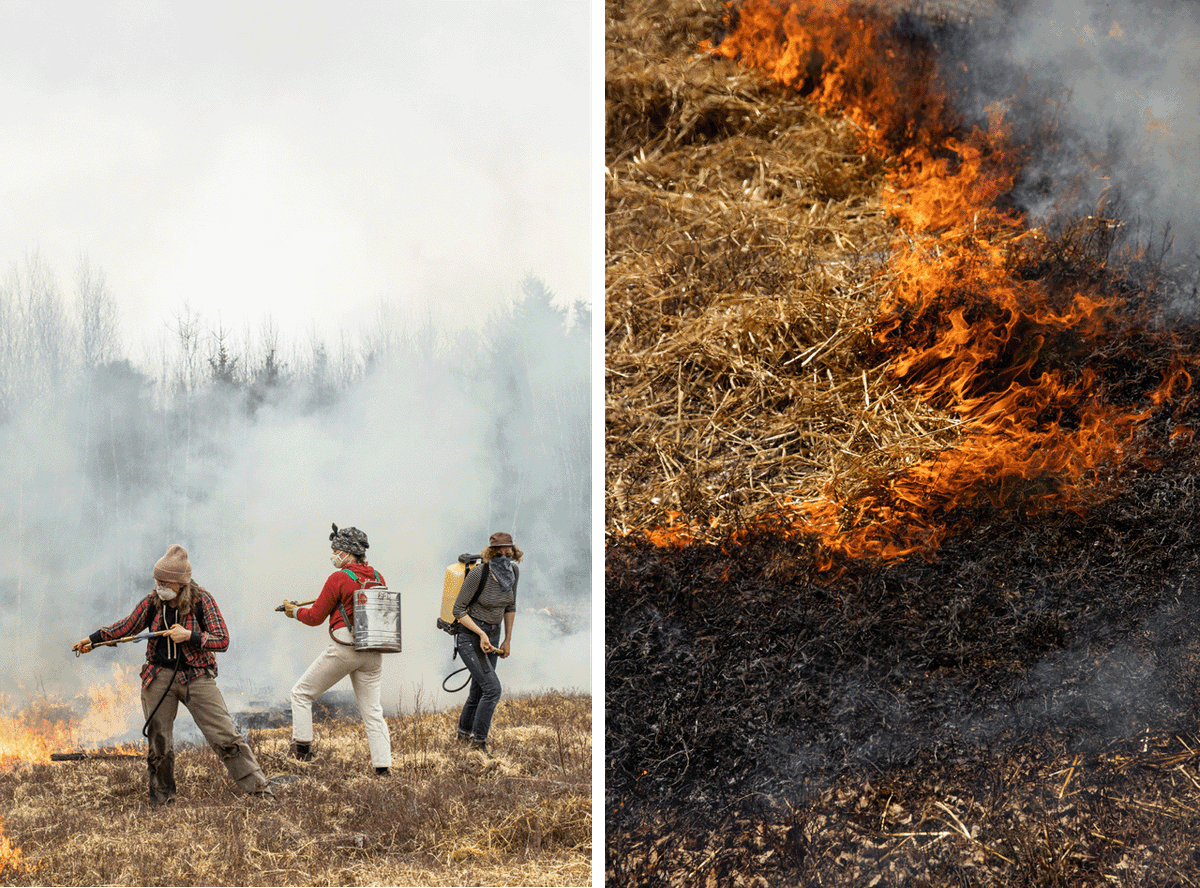
To make matters worse, as an out-of-towner who didn’t come from a blueberry family, local growers were tight-lipped when it came to giving Lindholm advice. “It’s part of the culture up here. You never give a lot of information about how good you’re doing, or what tricks you might have employed, what new tools you’ve invented,” says Lindholm of the competitive ticks he ascribes to the industry being ravaged by industrialization over the last half century. From his front porch, he can look out onto an abandoned blueberry farm on an abutting property. “In the past 20 years or so, many people who had blueberry land passed down through their family are giving up on it,” he says. “Younger generations are moving on.”
By joining the local volunteer fire department, Lindholm met local families and other blueberry growers. One of them, who is still a close friend, agreed to help Lindholm with his first burn in 1997. “We had a local guy who just volunteered, and he and my wife and a couple of guys just touched it off,” says Lindholm. “That’s how I started learning, and I haven’t stopped learning since.”
The past 23 years has been a process of learning by burning: Lindholm develops best practices and protocol based on firsthand experience. It’s been, quite literally, trial by fire, and with a drip-torch at his side, Lindholm’s purview of local wild blueberry fields has only expanded: To date, he owns two fields and leases six more, comprising 50 acres of blueberries across six towns.

As Lindholm explains, the 12-14 inch tall blueberry bush we see above ground is only about one-third of the actual plant. Underground is a network of rhizomes—storage houses of energy and food—which work alongside certain strains of fungus to extract what few nutrients subside in the gravelly, acidic Maine soil. “There’s this whole underground world we can’t see, and burning everything aboveground helps enrich the whole thing.” In Lindholm’s case, burning also precludes the use of pesticides and herbicides he’d otherwise need to control pests and competing plant life.
Both hand- and mechanized burning preserve energy within the rhizomes of wild blueberry plants and produce higher yields the following year, but the ease of mechanized burners—often affixed to the back of a tractor—comes at a cost. “The oil that industrial growers use burns at a higher temperature that destroys a lot more of the duff layer,” says Lindholm, referring to the top layer of soil made of decomposed leaves and other organic material. A vast majority of growers today (Lindholm estimates more than 90 percent), including the Passamaquoddy themselves, burn in this fashion. Lindholm, on the other hand, spreads locally sourced straw over his fields to burn. By burning at a lower temperature, the straw protects a crucial soil layer while minimizing Lindholm’s ecological footprint.
If setting fire to straw sounds simple enough, Lindholm says it’s actually the complexity—and danger—of the process that drove most growers to industrialize years ago.
The burning process starts months before any fire is lit. In the fall, he spreads straw throughout his berry-less fields; wintertime snow packs it into the ground for a more complete burn months later. He does so with a straw-spreading rig, an antiquated machine that’s easier to operate than procure. “You can’t go to the John Deere dealer and say ‘I want one of those straw-spreading rigs for my wild blueberry field’—they don’t make them anymore,” says Lindholm. “You gotta make one yourself, or piece something together.” He found parts on Craigslist to assemble what he calls a “Dr. Seuss machine.”

Come springtime, with a neatly straw-laced field, Lindholm must be picky with his burns. The day’s humidity must be below 50 percent to curry the flame’s spread, but the wind must be below 10 miles per hour, to keep it from spreading too fast. It has to be bone-dry, as well—morning dew tends not to burn.
On the right day, the burn unfolds methodically. His helpers—typically a core group of friends and family, including his two adult sons—carry five-gallon plastic containers worn like backpacks and filled with water. Lindholm carries a drip-torch. The team works in tandem to burn a perimeter around the outside edge of the field. Lindholm ignites the straw, and his helpers shepherd the flame inward up to about 20 to 30 feet. The task takes hours, as they circle the perimeter until they’ve created a “firebreak,” a broad ring around the center of the field, over which no flames can jump. While the firebreak is a small percentage of the total acreage, it’s crucial: The final step of the burn is simply igniting the entire center of the field and stepping back.
“That’s the most dramatic and fun moment—you just sit back and let it go,” says Lindholm. This year was as successful a burn as he’s seen. “It’s like an extra holiday now every year in my calendar, getting the crew back together.”
Some years, however, he’s learned important lessons the hard way. “I thought I was pretty comfortable by 2010,” says Lindholm, “but that’s the year we had to call the fire department.” He and his crew were burning a new field for the first time on an exposed hillside. “I had too small a crew, with a water source that was too far away, and we all ran out of water,” he says. “The dryness just took off with it.” Flames leapt into a neighboring blueberry field and burned a small patch of bushes before the fire department could wrest control. Oddly enough, the hairy situation produced a silver lining. When Lindholm called the owner of the damaged property to apologize, he found himself explaining his process to a curious audience. “I explained how I lease blueberry fields and manage them organically,” says Lindholm, “and he actually turned into a client.” Lindholm has leased that field ever since, burning it every year, by hand, intentionally.

Lindholm’s process makes him an outlier in more ways than one. Off the top of his head, he can only think of three other farmers throughout the region who burn like him. Plus, while more than 90 percent of Maine’s wild blueberries are flash frozen within hours of their harvest, Blue Hill relies on direct-to-consumer sales throughout Maine’s farmers markets every August. Last summer, they sold 1,500 pounds of fresh, fire-bred blueberries in a single day. Still, he is humbled by the tiny, mysterious berries.
“We’re dealing with a perennial crop in its native homeland,” he says, “and there’s so many things that are out of your control.” He cites ill-timed visits from hailstorms, turkeys, and bears as contributors to the fickle nature of growing wild blueberries in Maine. “You gotta have a strong heart and be somewhat of a gambler. You’re always skating on thin ice.”
Lindholm has no regrets about his process. “I won’t get 10,000 pounds out of every acre like they do in monoculture fields,” he says, “but I’ll also never get total crop failures.” Perhaps, in fact, it’s Lindholm’s perpetual dance with destruction that keeps his vision for an honest approach to wild blueberries alive.
“We’re harnessing that destructive force—the fire, the heat that destroys—to actually recreate new life, to reinvigorate, to bring forth better, healthier life,” he says. With drip-torch in hand, Lindholm will continue to summon hundreds of thousands of tiny Phoenixes, in blueberry form, from this unforgiving landscape—exactly as its original stewards intended.

You can join the conversation about this and other stories in the Atlas Obscura Community Forums.
Gastro Obscura covers the world’s most wondrous food and drink.
Sign up for our email, delivered twice a week.


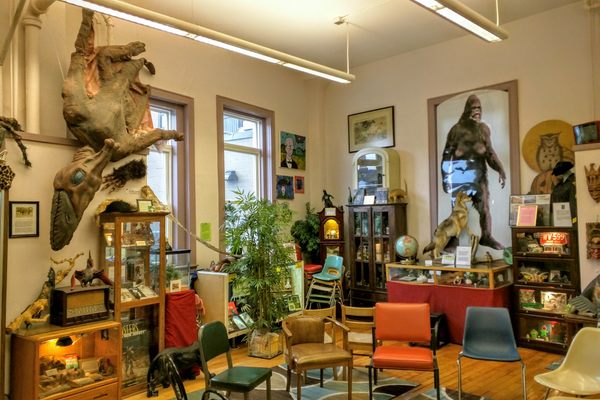

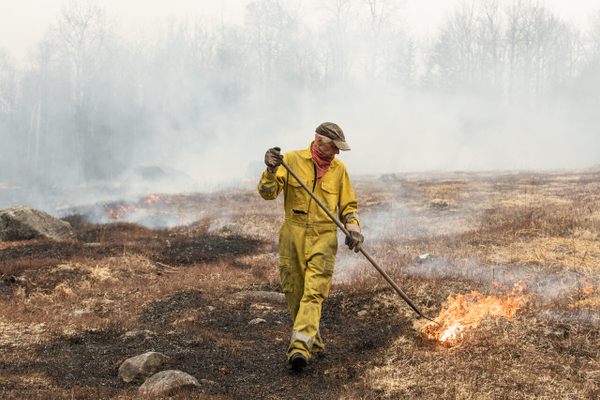


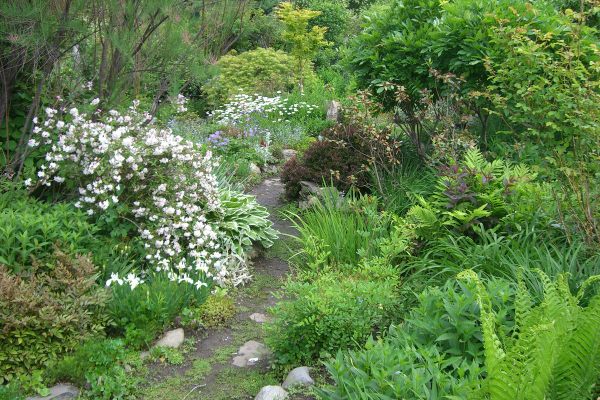




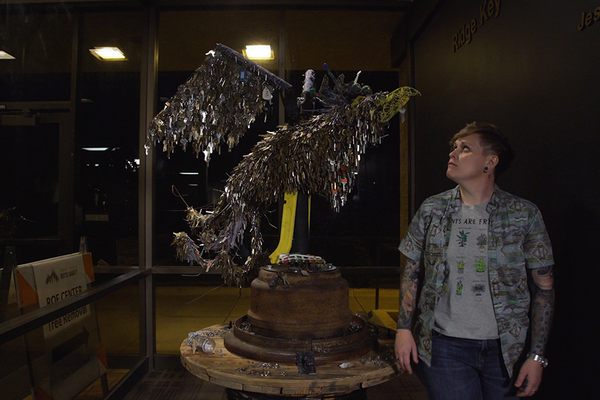

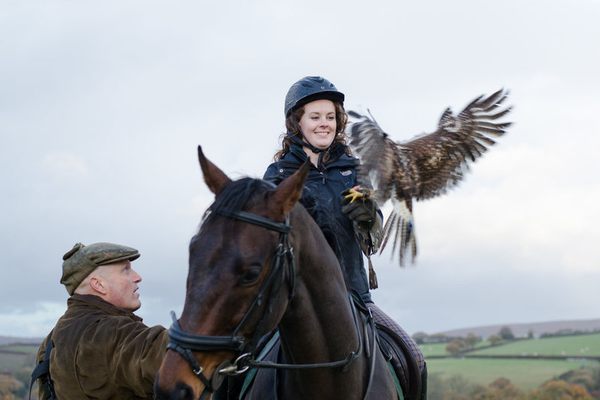





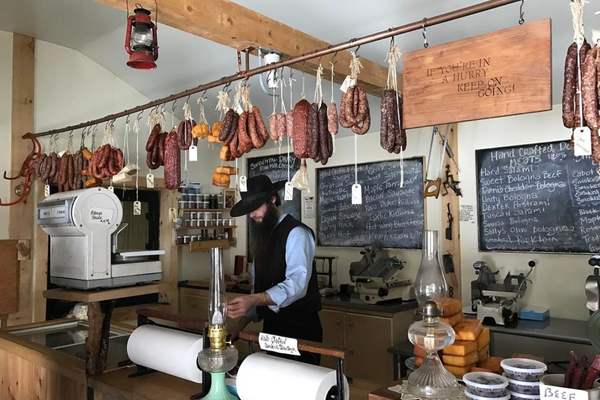






Follow us on Twitter to get the latest on the world's hidden wonders.
Like us on Facebook to get the latest on the world's hidden wonders.
Follow us on Twitter Like us on Facebook